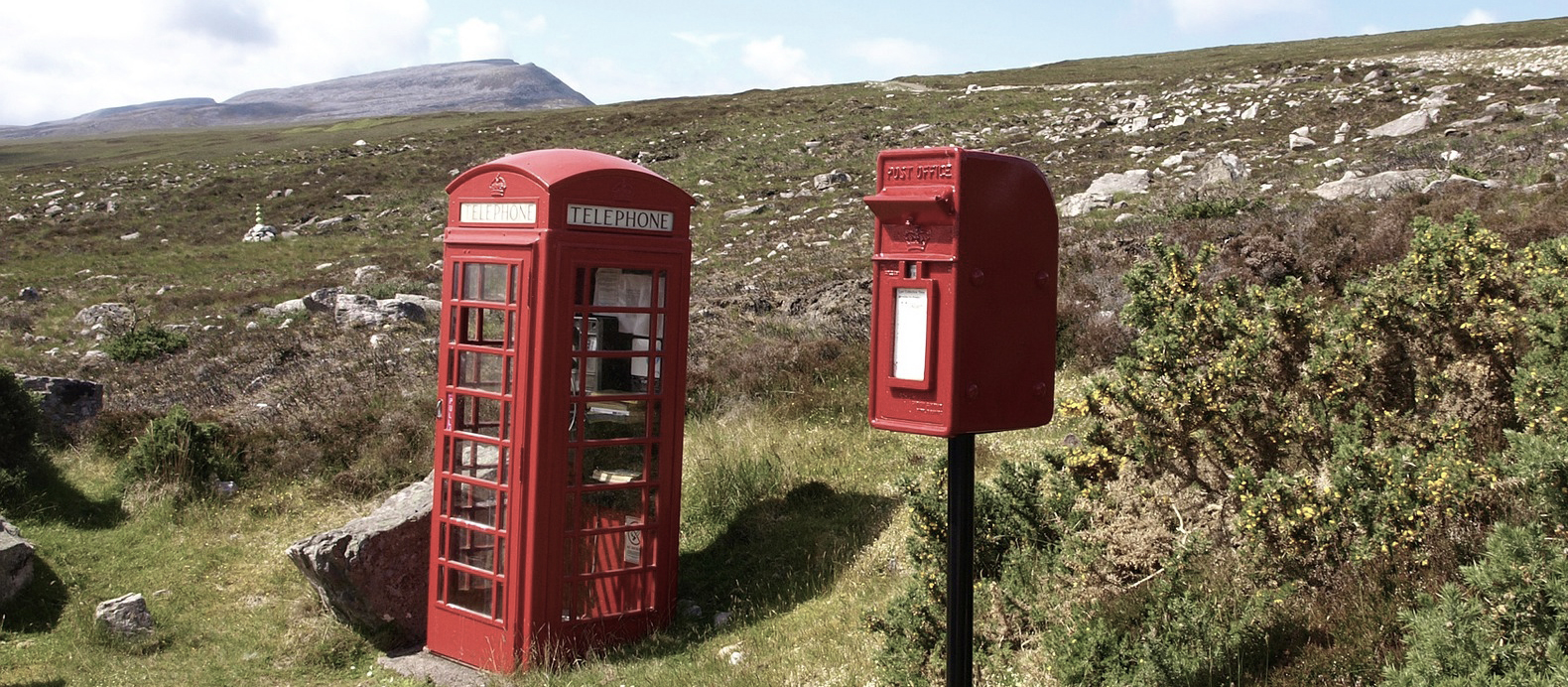Rosell on Evangelicalism
Rosell on Evangelicalism
I'm just finishing Garth M. Rosell's very readable book, The Surprising Work of God: Harold JohnOckenga and the Rebirth of Evangelicalism (Baker). It's essentially a biography of Ockenga,with particular focus on his role in the wider post-war American evangelicalrenaissance.
Of special interest to me is the role he notes for earlymembers of my own institution's early faculty. While he doesn't take the story as far back as the young Machen'syouthful pleasure at the invitation of Billy Sunday to preach at Princteon (Ned BStonehouse, J. Gresham Machen: ABiographical Memoir, p. 187-89), he does note the significant role playedby Cornelius Van Til, and the Ned Stonehouse, at the Conferences for theAdvancement of Evangelical Scholarship, an idea conceived at a meeting of theNational Association of Evangelicals, between 1944 and 1947. It reminded me of the important role playedin the
Numerous thoughts come to mind. The materialist in me wants to point to thefact that institutions such as
The second thought is that the relationship between creedalinstitutions and broader evangelical organizations is never an easy or straightforwardone at an ideological level. It can blowhot and cold; it can present great opportunities and major challenges (see, forexample, the tensions between Murray and Lloyd-Jones in the early days of theBanner of Truth); sometimes the relationship is fruitful, sometimes it goesnowhere; but, as far as Westminster and evangelicalism goes, there is surely afascinating history here which, for rather obvious reasons, lies neglected asit does not fit the neat and tidy models which have come to dominateWestminster historiography, left and right. It does not seem that the early faculty were as separate from, oropposed to, all involvement in all evangelical organizations as selective readings of some of their statementsand actions may suggest.
For those interested in the theological side of this, Irecommend





